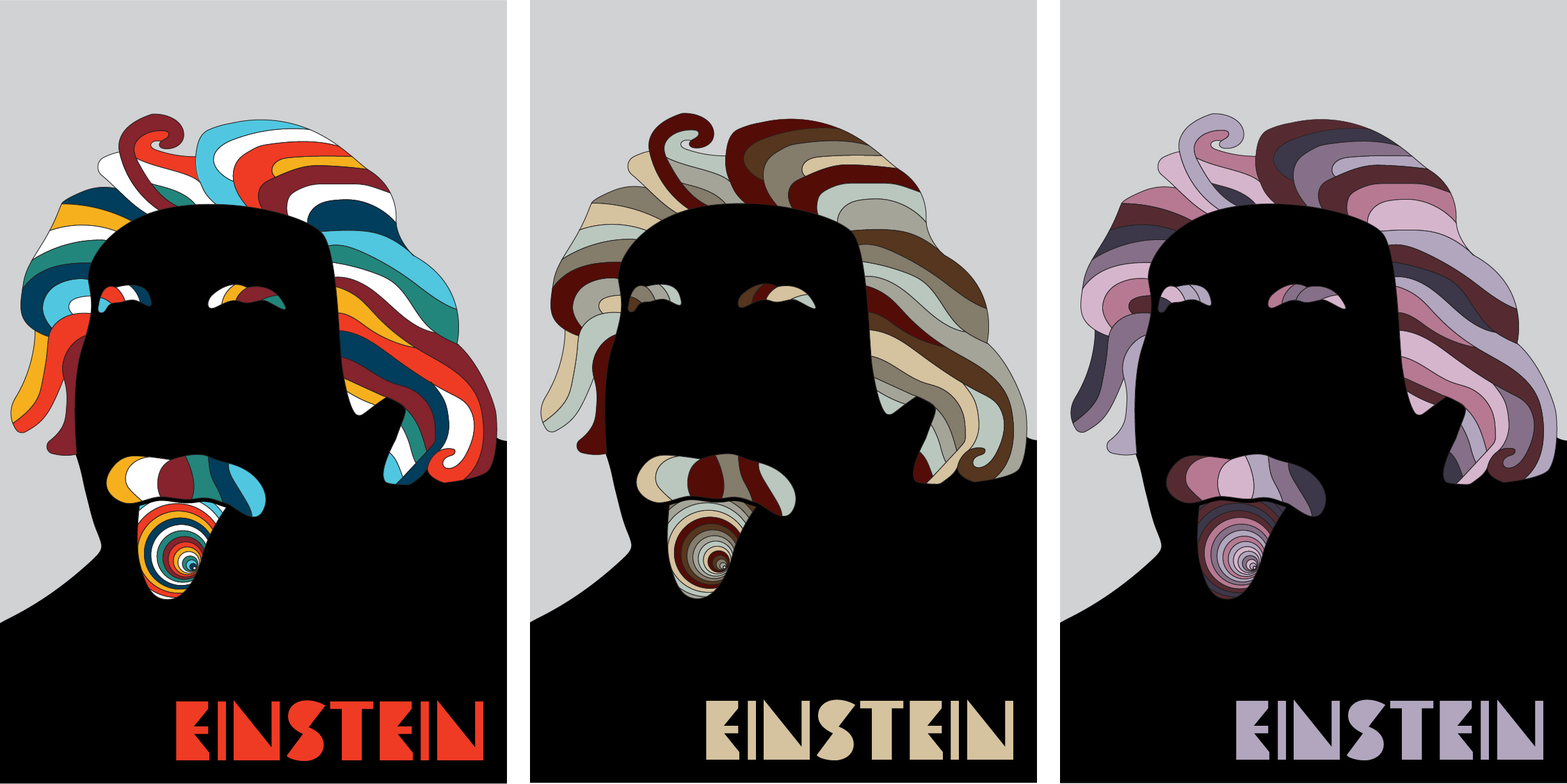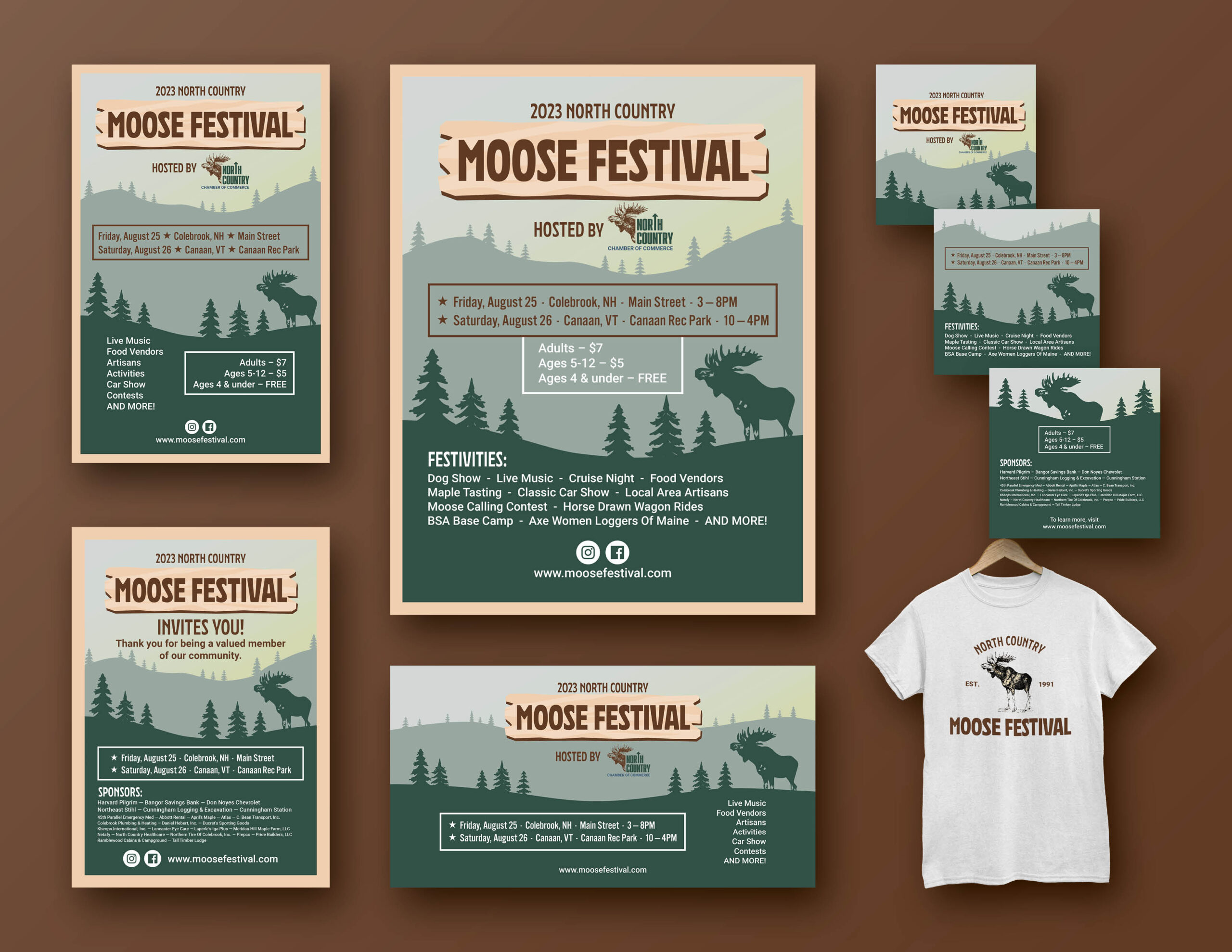
As you may already know, a portfolio is a culmination of your best work that you use to inform viewers and potential employers what you are capable of doing. This is incredibly important in any art or design-related field because it serves as concrete evidence to employers that you can do the job, and an effective portfolio can be the difference between you being hired or not.
But the thought of all this can be overwhelming. You may be thinking: which work is relevant enough to put on the portfolio? How am I going to showcase my best work in the most optimal manner? Will the employers be engaged, or just throw out my application along with the hundreds of others?
Creating a portfolio does not have to be stressful, though. The following tips should allow you to carefully think about what goes on the portfolio and thus approach the creation process with more ease.
Show your process, not just your final result
In art and design, each body of work is supposed to tell a story. By describing each work, explaining your processes, and showing the drafts and wireframes leading up to the final body, you are essentially crafting a narrative that will engage and build trust with your viewers and potential employers.
Less is more
You don’t need to overcomplicate your portfolio by adding too much work or having a bunch of flashy interface and navigation elements. Let the work speak for itself.
It’s okay to show “fake” work
Fake work in this case means your personal creations that did not involve clients, companies or payroll. In fact, even experienced designers do this frequently to learn new skills or brush up on old ones. Just make sure that you are prepared to explain the process of your work.
My Visual Design Portfolio
To practice and challenge my visual design skills, I spent the last seven weeks performing a series of exercises that focused on specific important principles and materials. I covered areas such as audience and brand design, typography, color theory, imagery, layout, and composition/grids. By focusing on a specific area for certain projects, I was able to narrow my research on that area and thus learn a lot more about it and apply it to later projects.
One lesson I learned from studying visual design was how important one single area of design can be. When creating promotional materials for a festival that I have designed for before, with the focus area being layout, I realized that my old design lacked so much white space that it felt cluttered and overwhelming (despite the design getting praise from the board). By being conscious of white space in my new designs, I was able to give the materials breathing room to the point that they were given a whole new meaning with a much more professional and inviting appearance.
Going back to the portfolio, I ended up organizing my artifacts into five categories, putting emphasis on professional applications such as user interface design, brand identity, and event packaging. I wanted to make sure I was showcasing all of my best work while not inserting too large of a volume of projects. In each category, I give a brief description of my thought processes behind the artifacts. The descriptions act as teasers to the bigger, more detailed stories in their respective blogs, which I link within the descriptions. This way, the viewer may dive deeper into the story if they wish, but not be overwhelmed by an initial large body of text when perusing the gallery.


You can view my full Visual Design portfolio here, or use the dropdown links in my header to peruse my broader portfolio.
Conclusion
Creating a portfolio in a way that sells yourself in an effective way is not easy, but you can make the process much less stressful by taking the time to organize your work, choose only among your best, and allow the user to see your whole story. While I have a ways to go towards making my portfolio in its most ideal state, I am proud of what I have been able to accomplish in a short period of time. I just have to keep making sure that each artifact speaks for itself and shows that I put care into the process (which I do).







